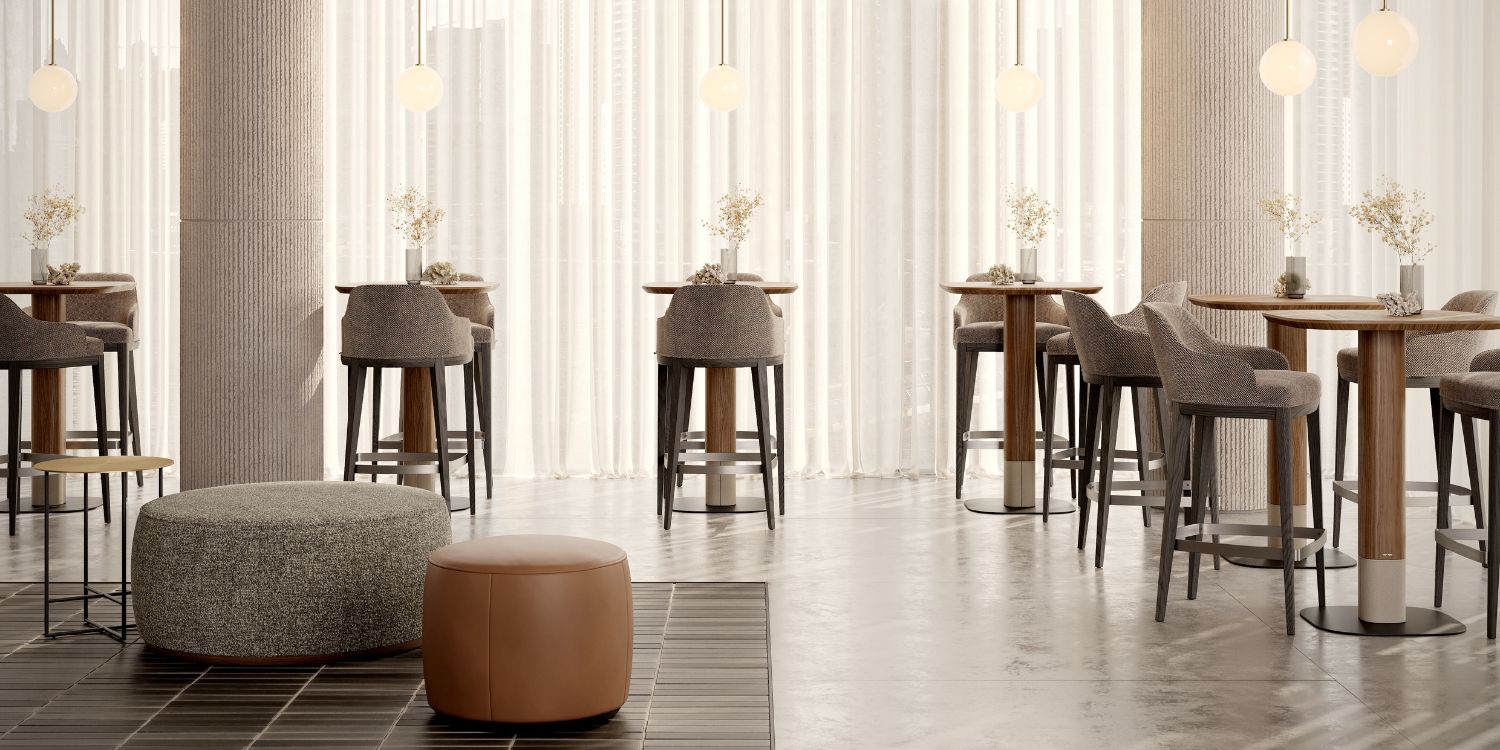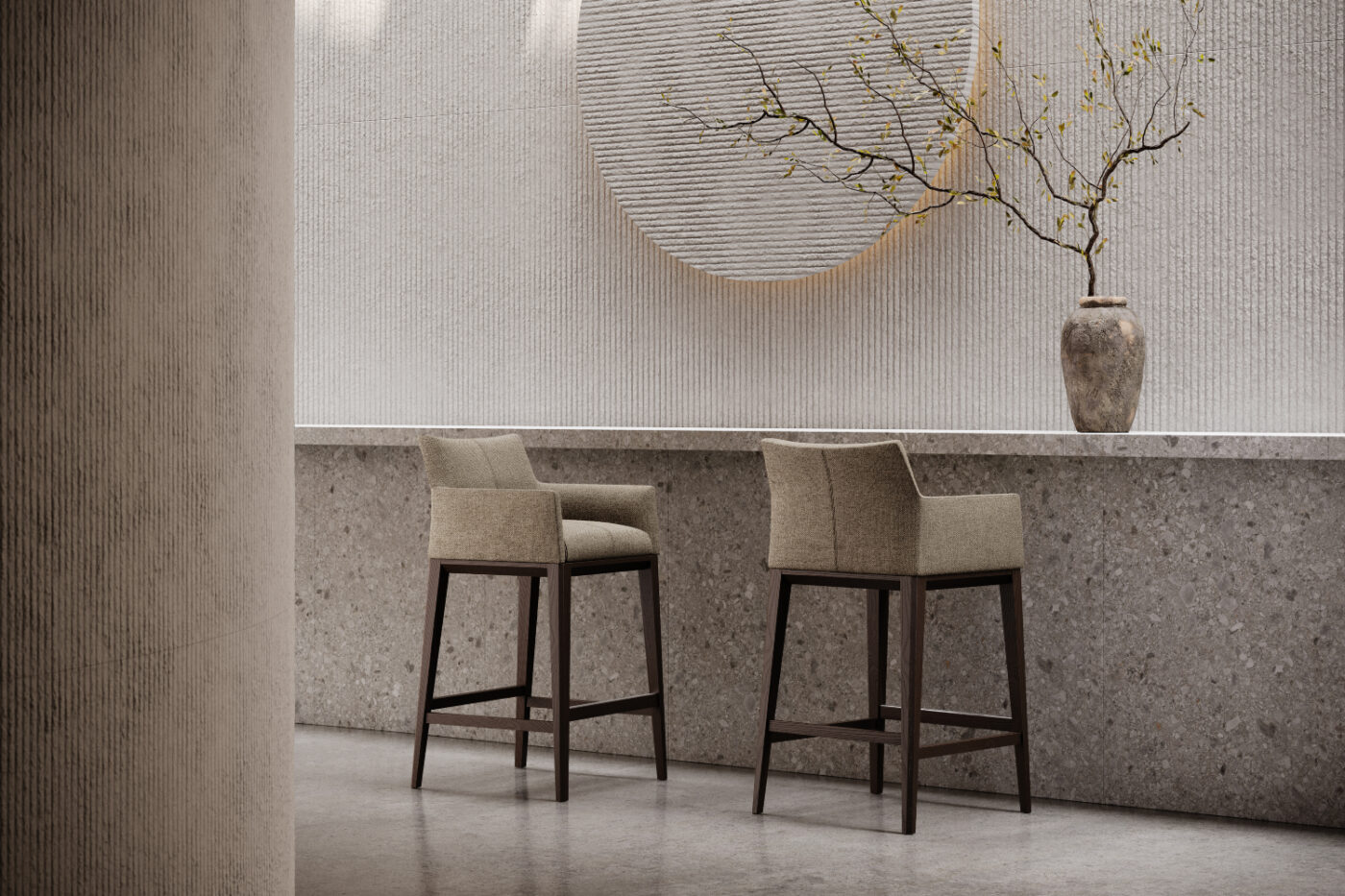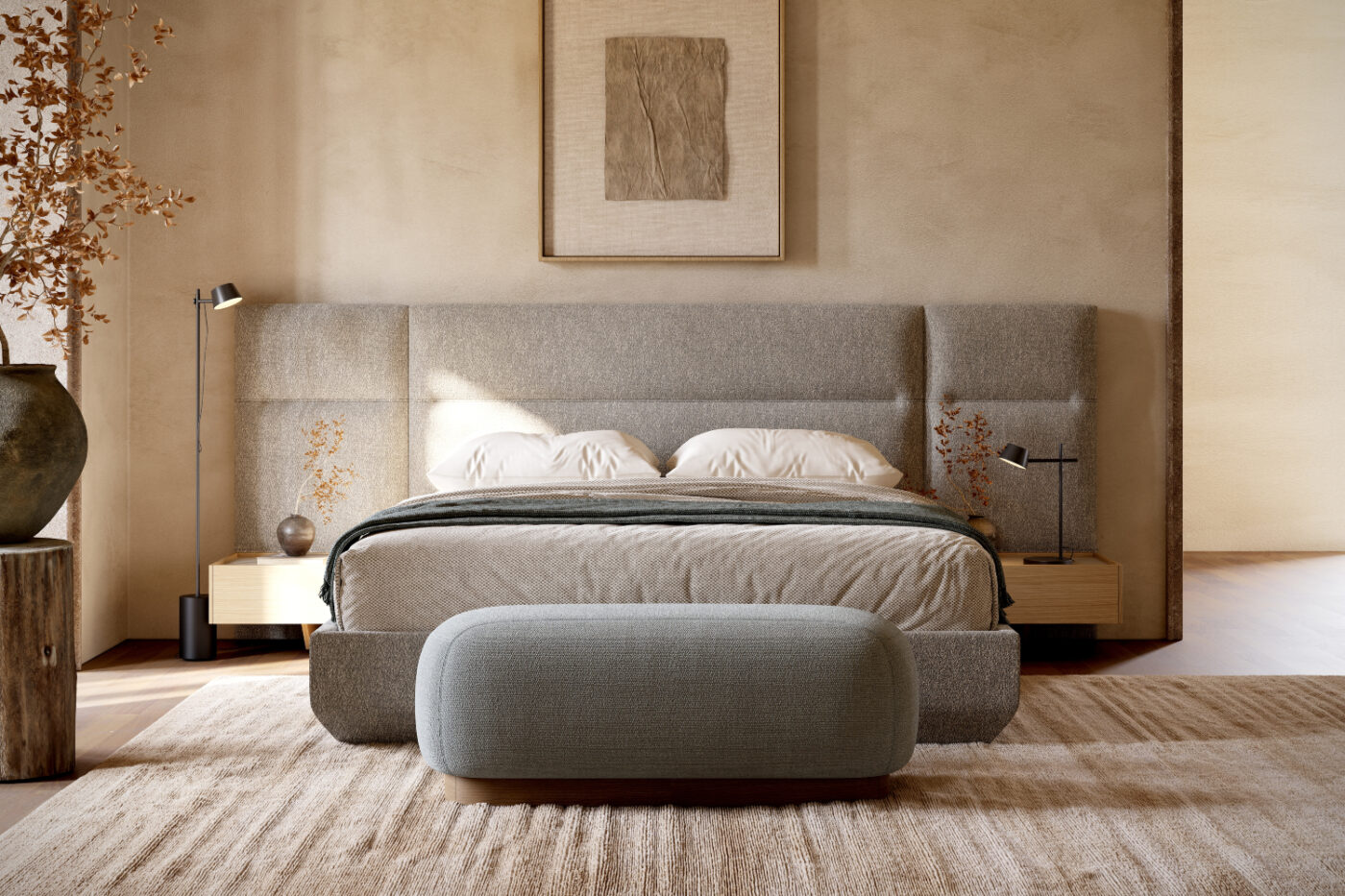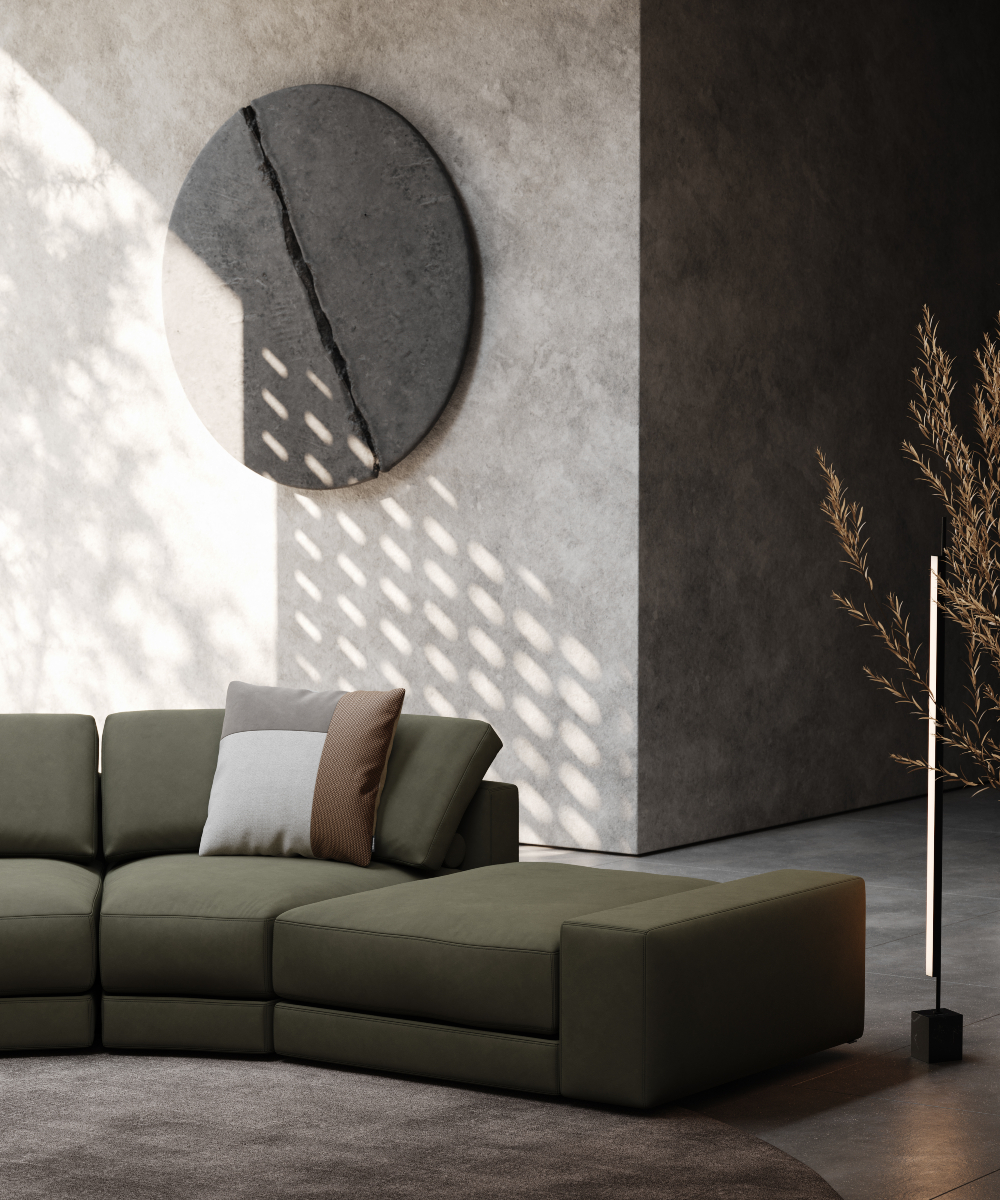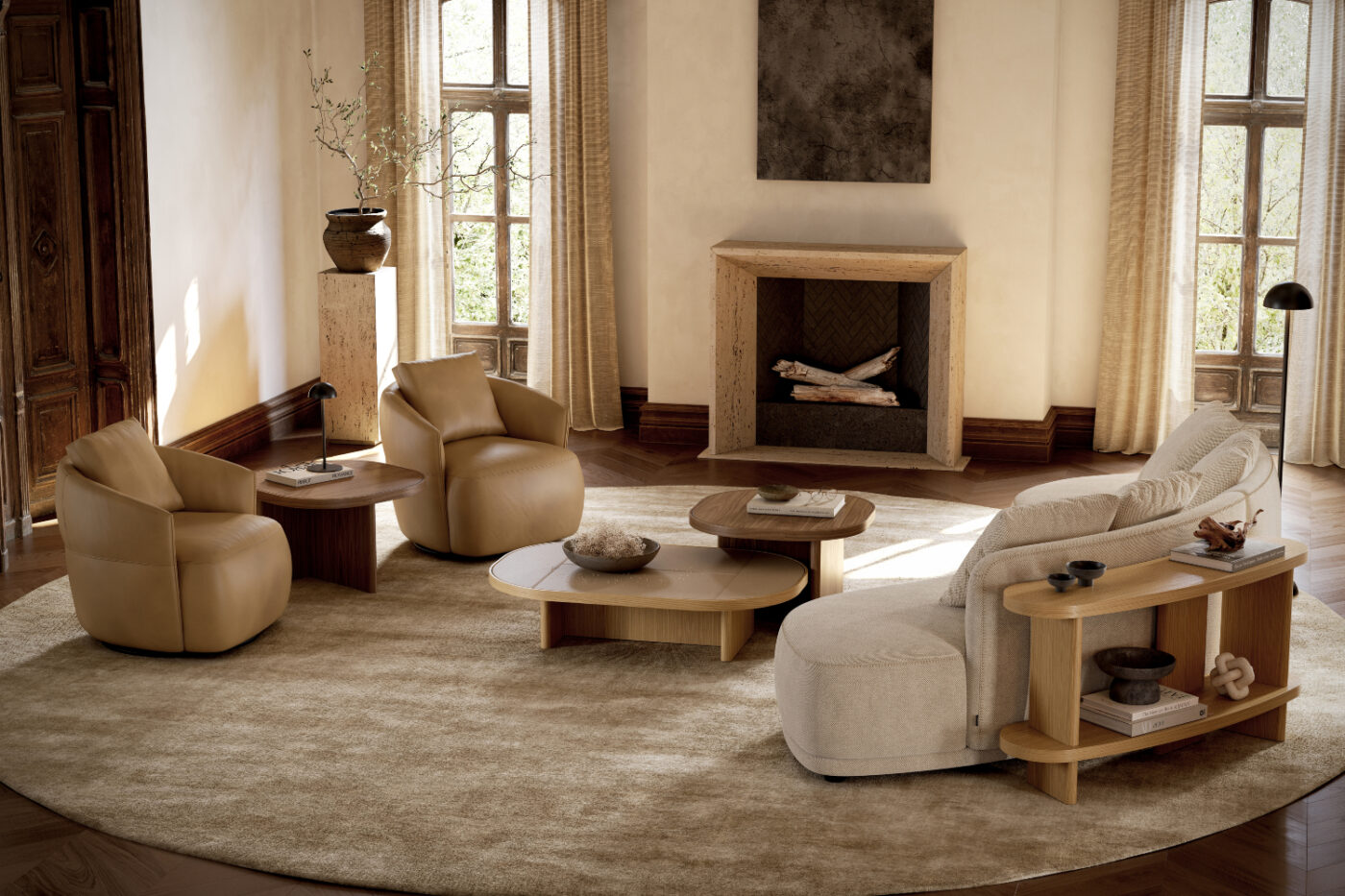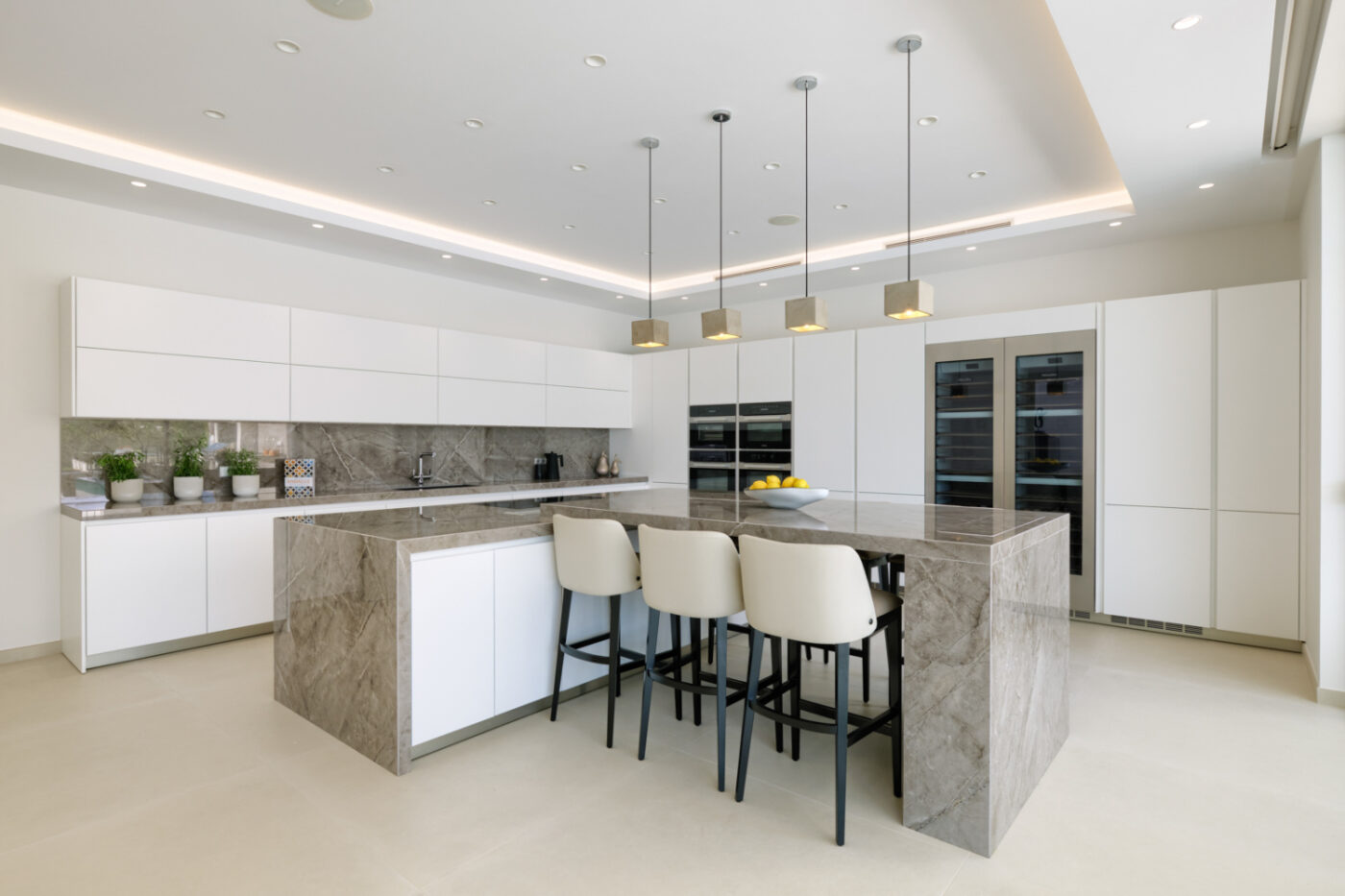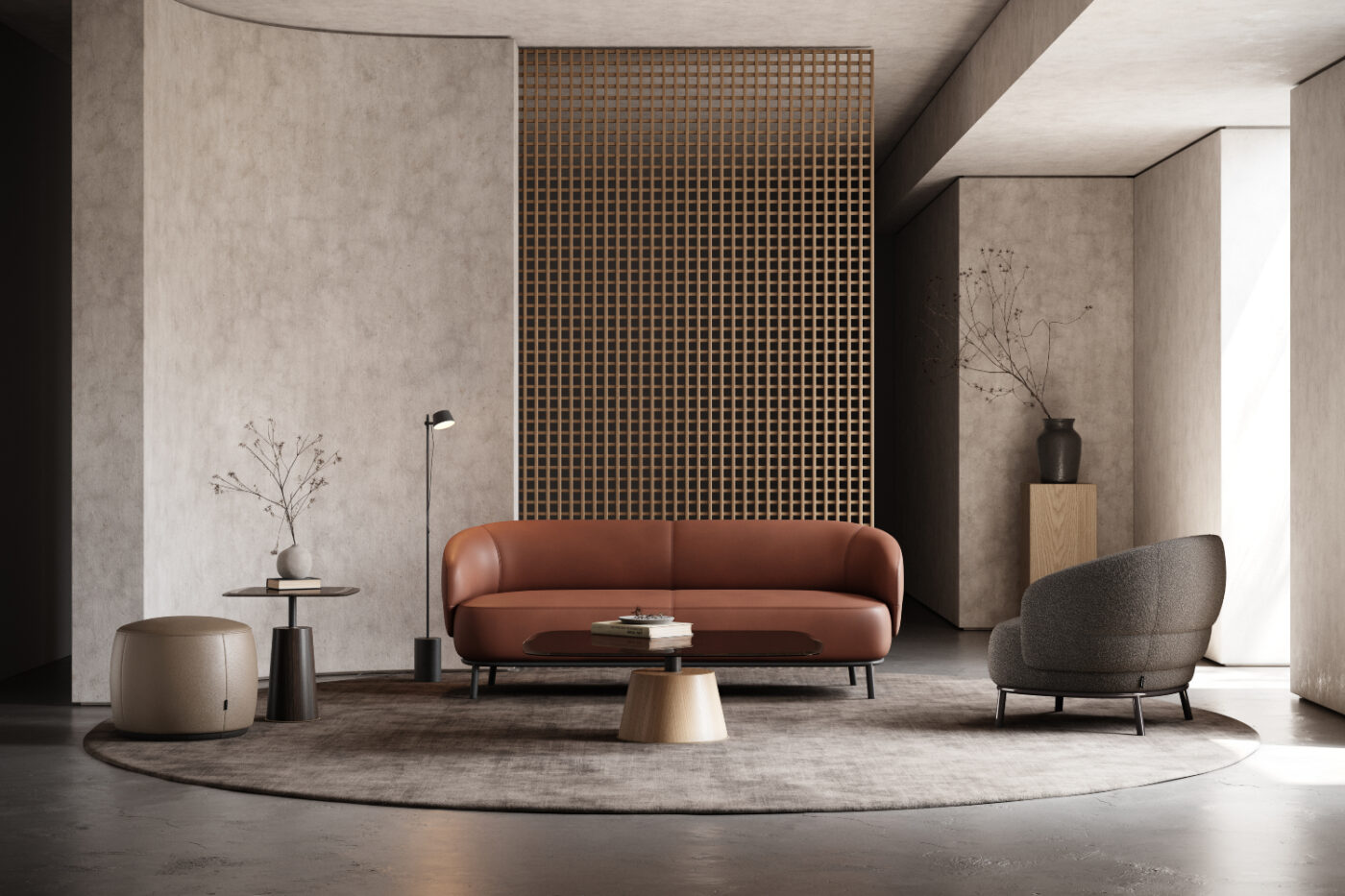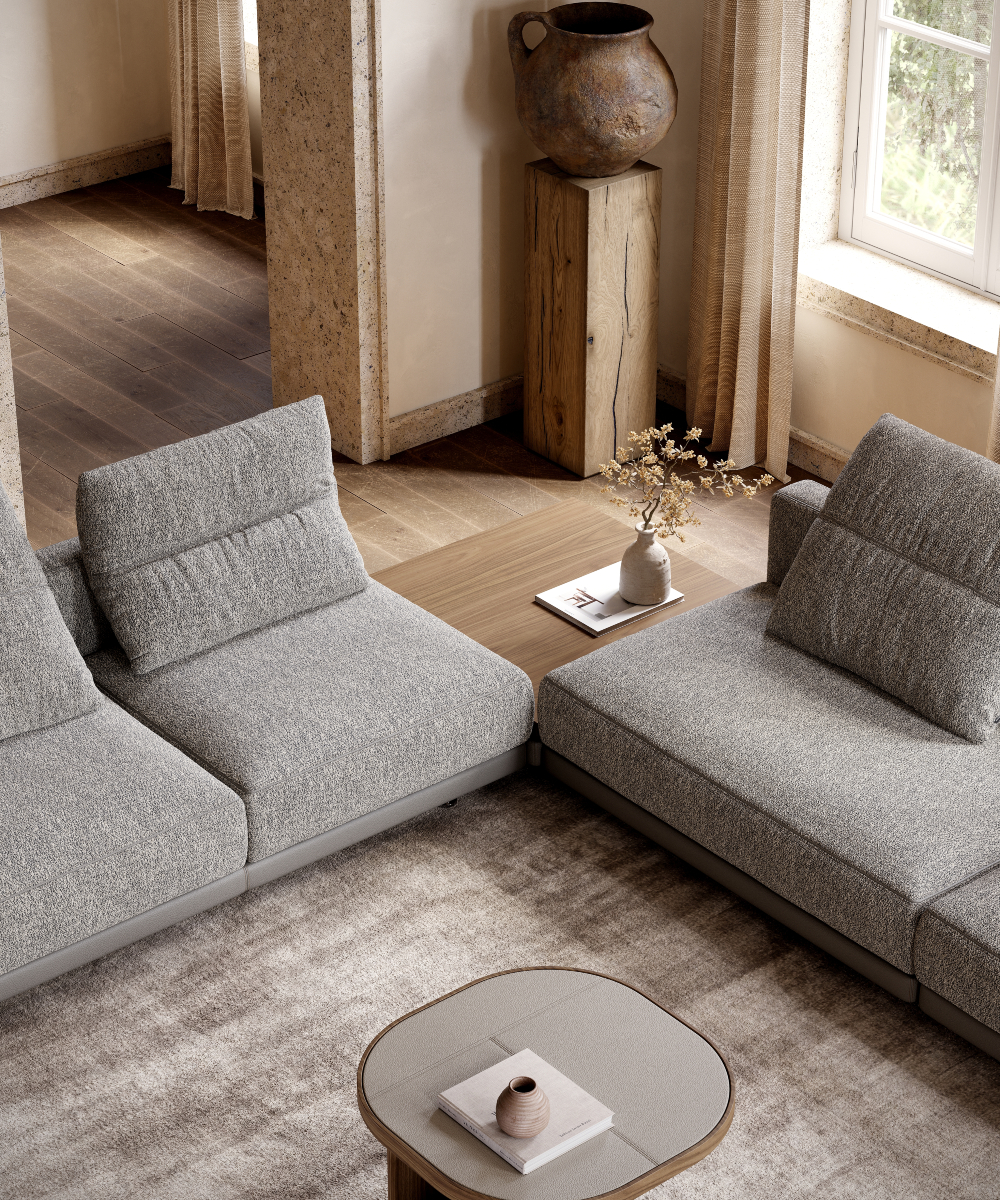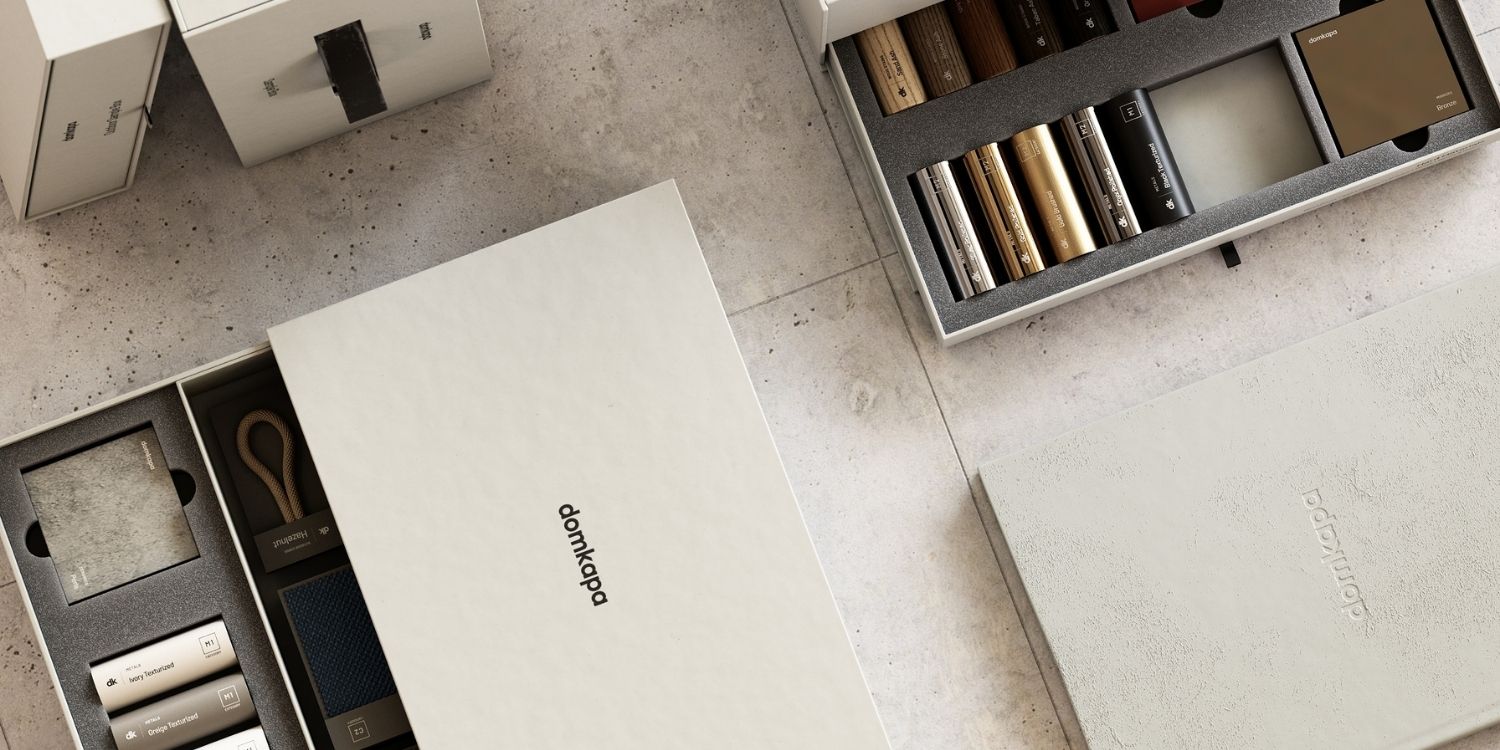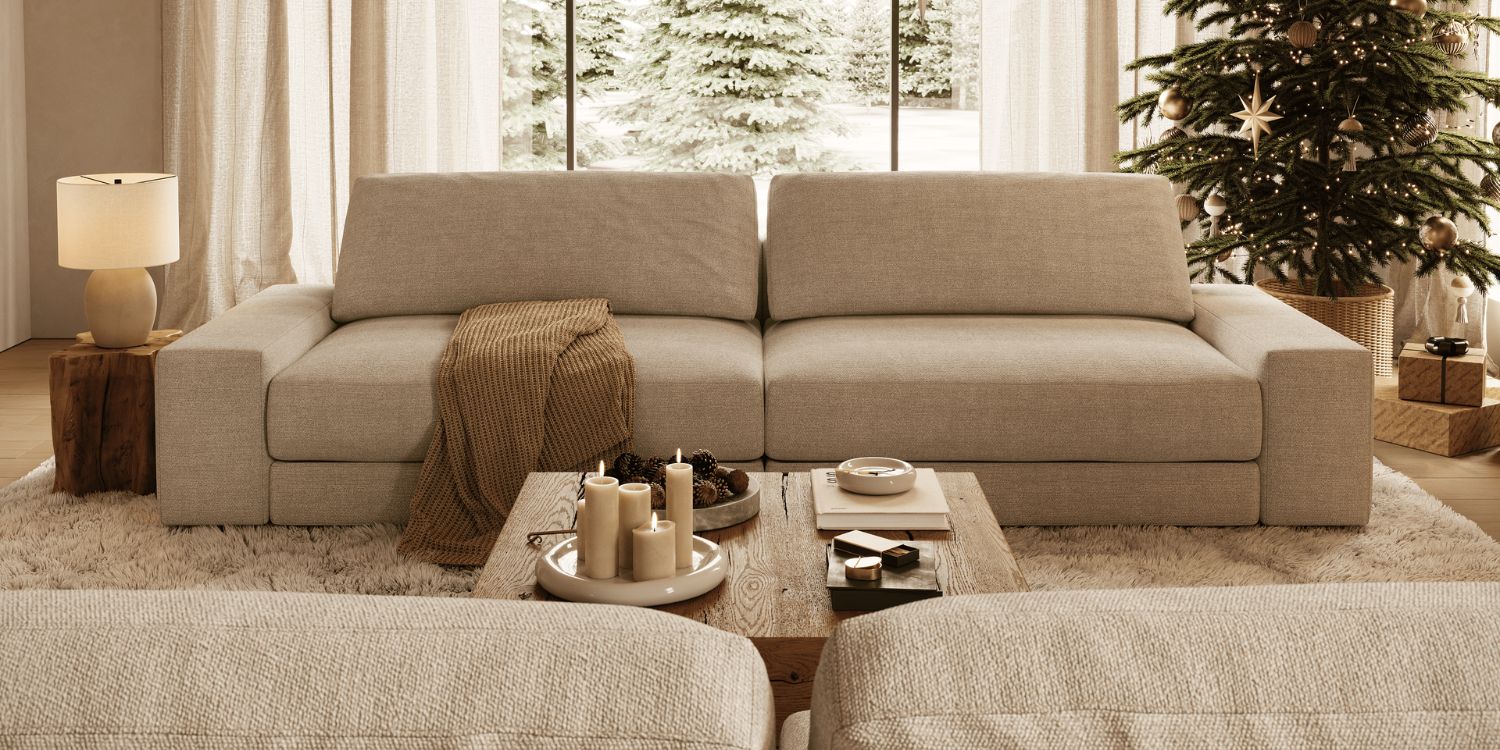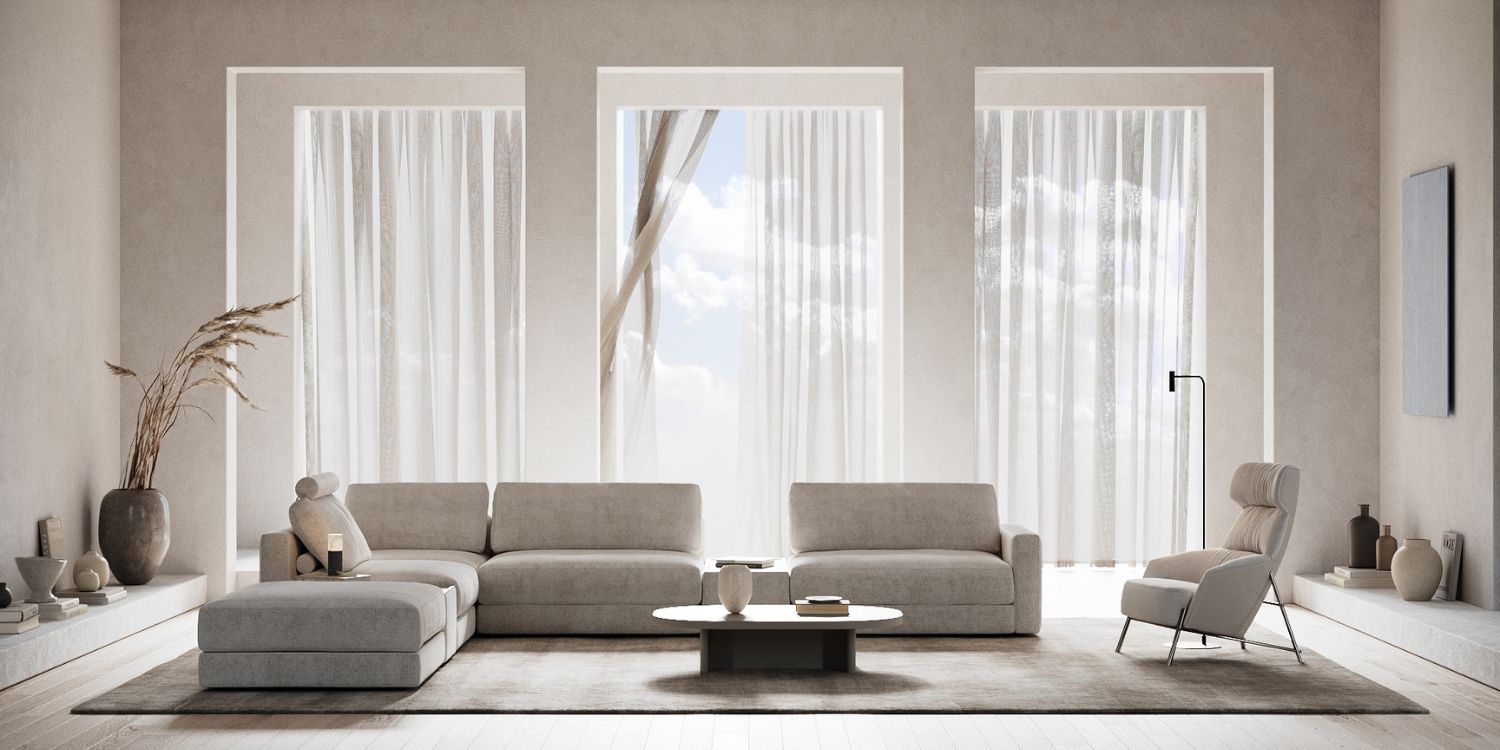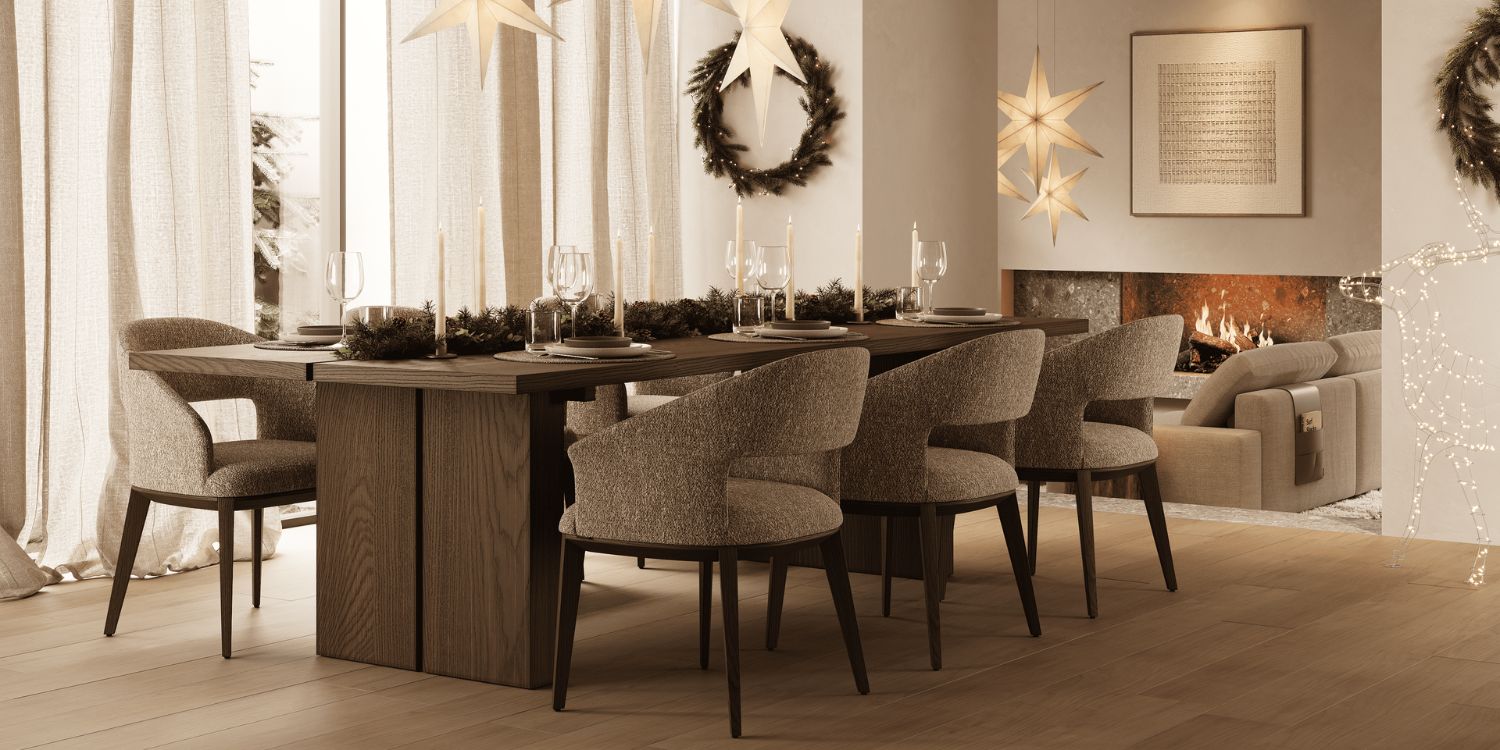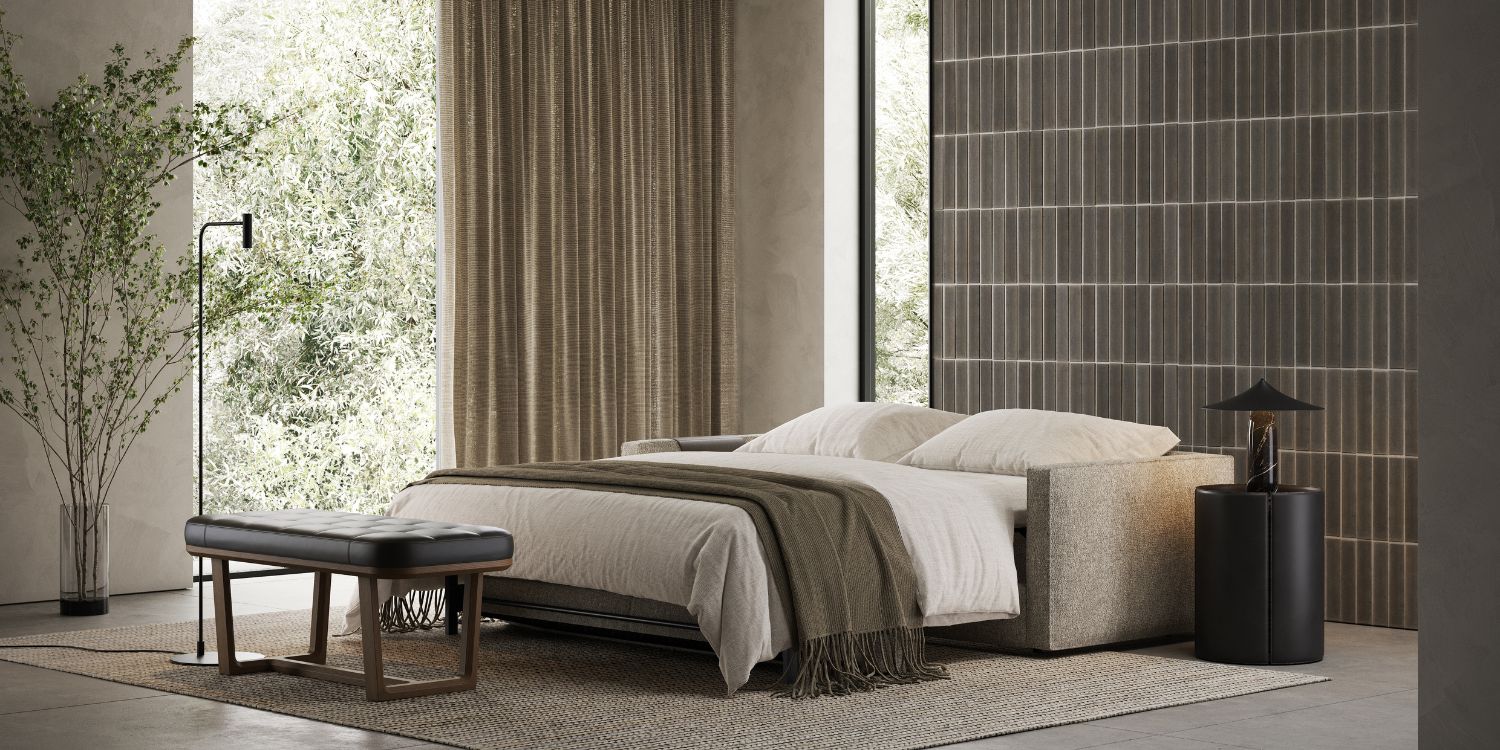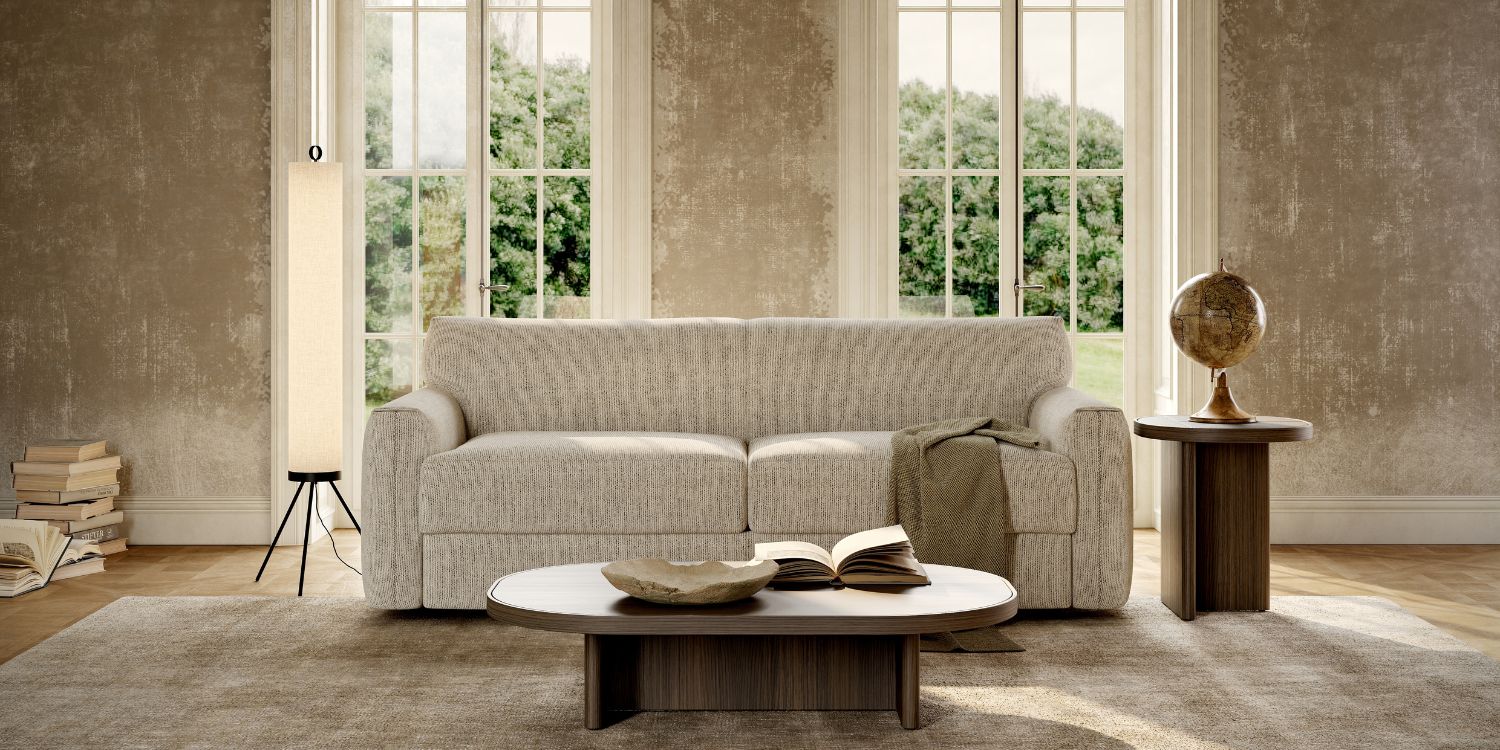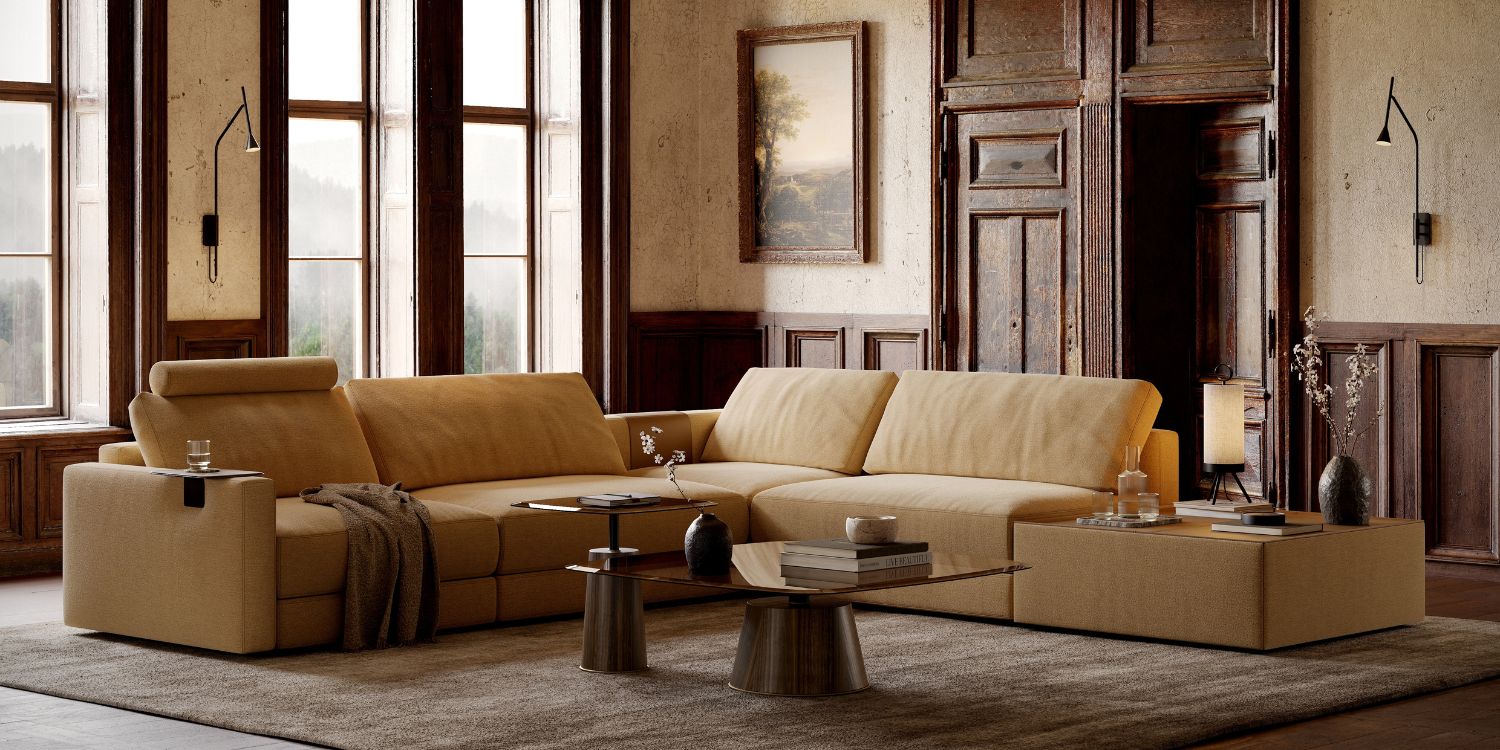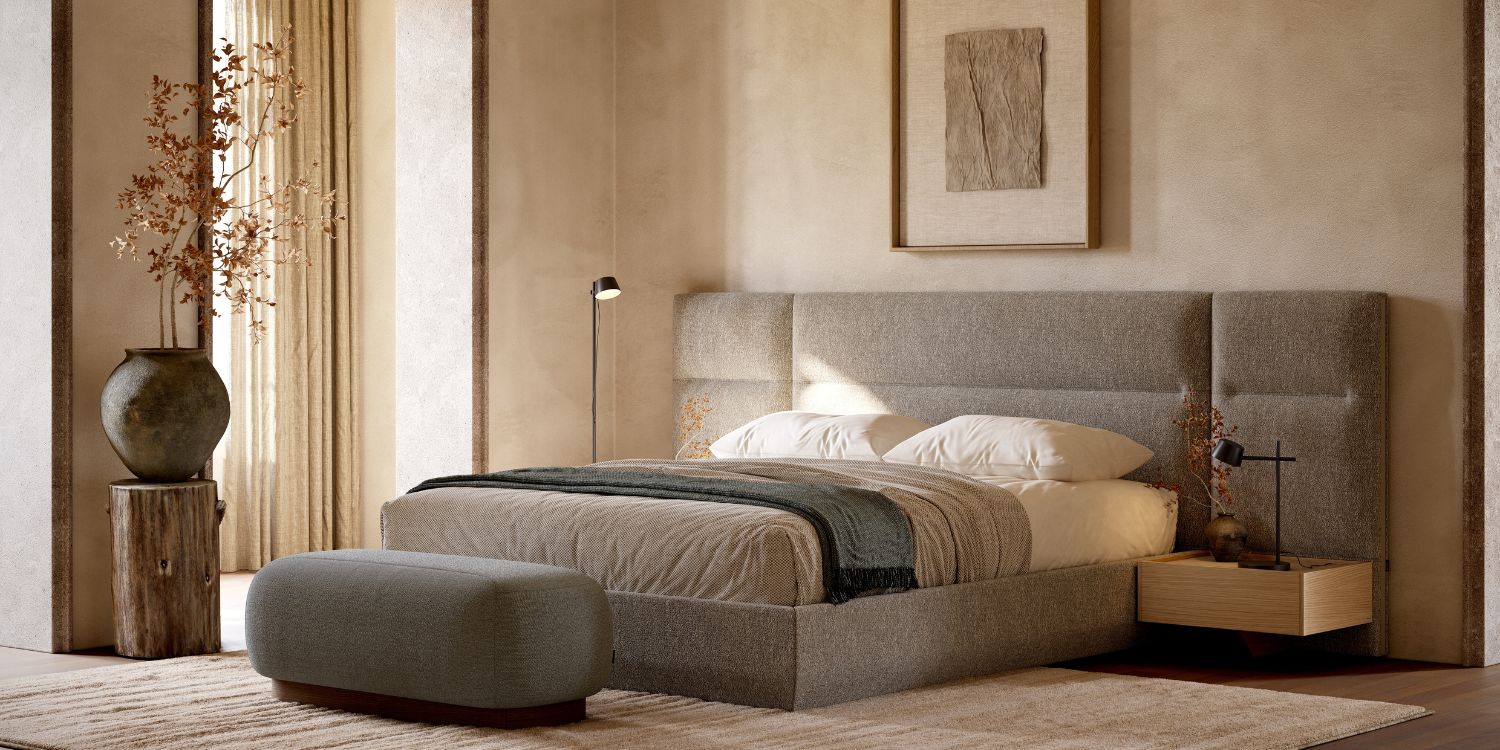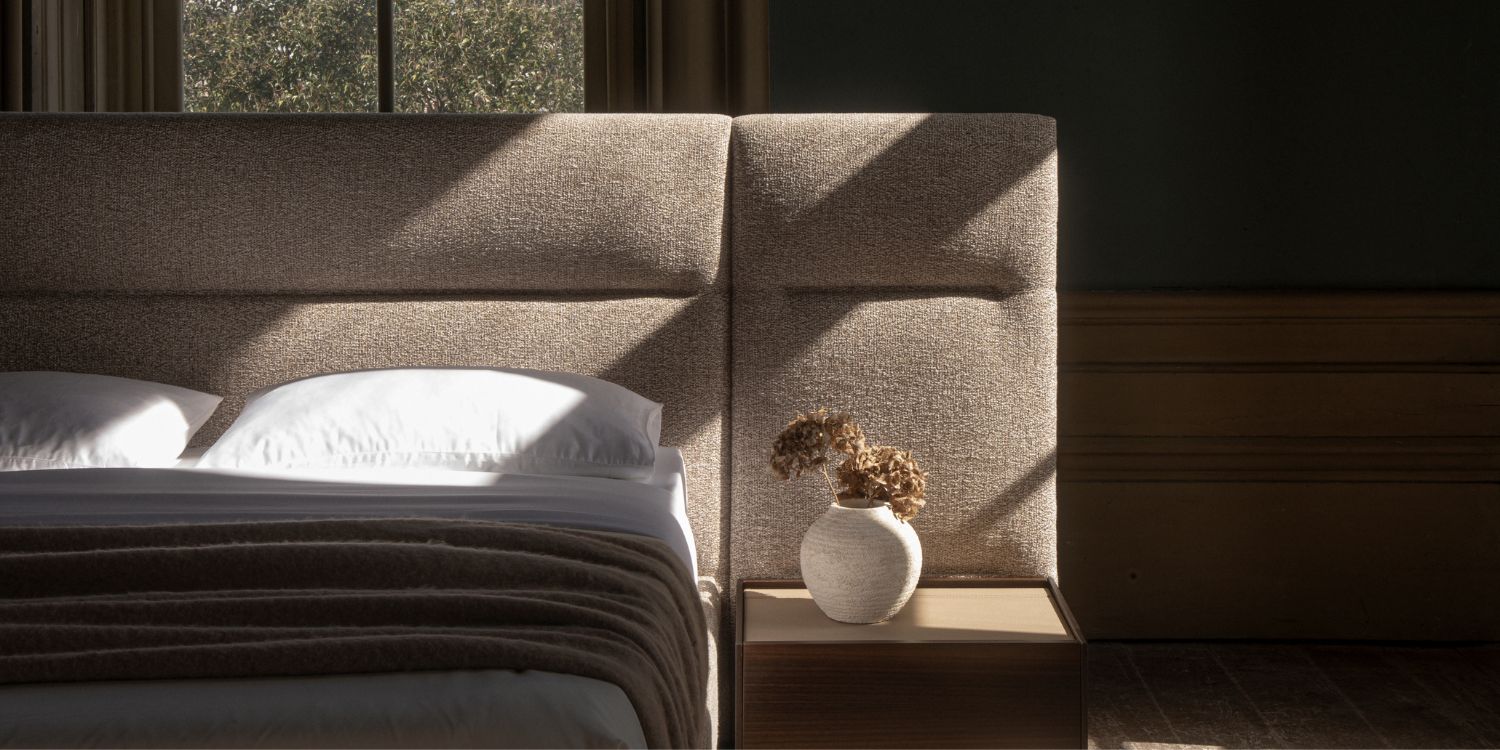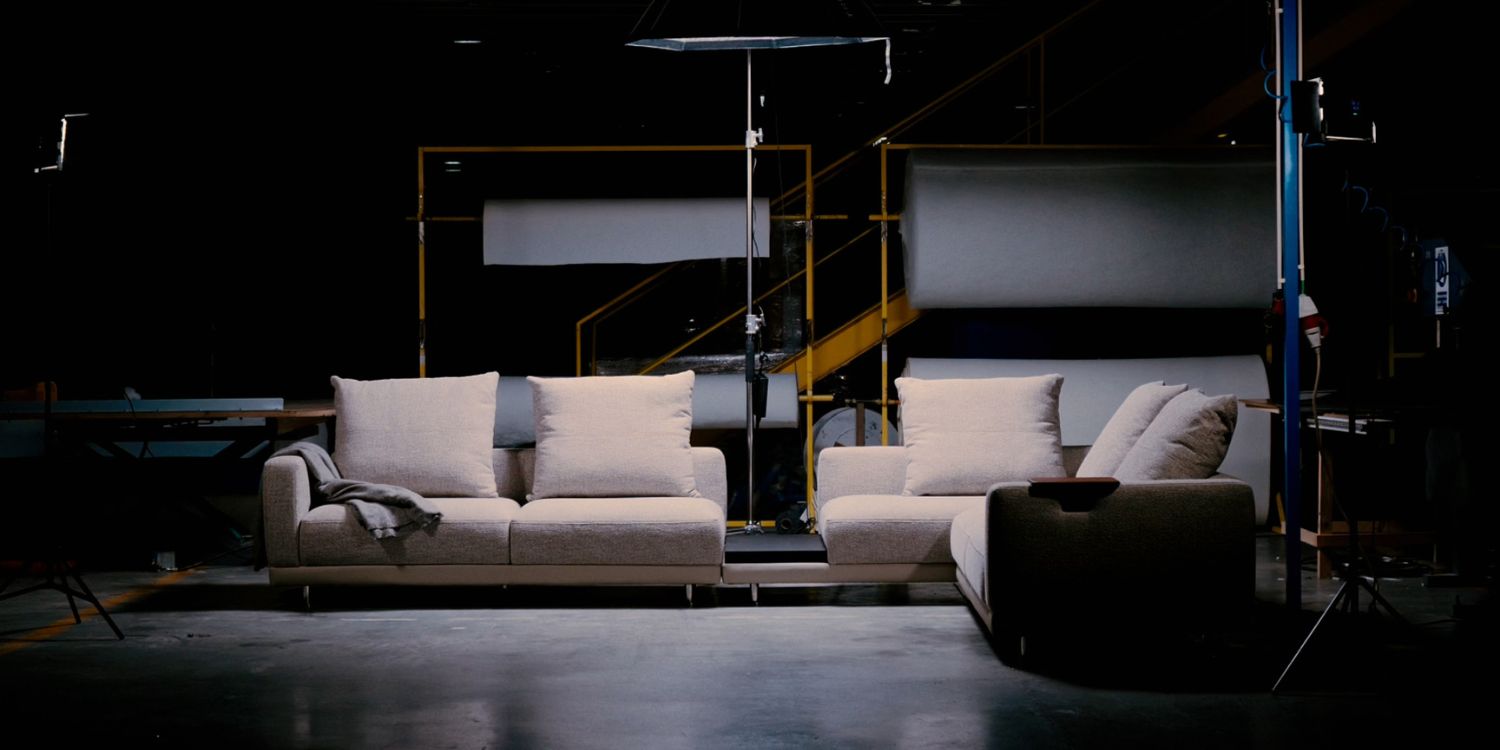Let’s be honest – all designers are obsessed with lines. And why shouldn’t they be? They’re the invisible architects of every space created, silently guiding eyes, creating moods and making or breaking carefully crafted designs. Whether you’re sketching your next masterpiece or walking through a showroom (hello, Domkapa lovers!), understanding how different types of lines work their magic is absolutely crucial!
So grab your coffee and let’s explore the wonderful world of lines – because once you master these, you’ll never look at a space the same way again.
Why Lines Matter More Than You Think
Before we get into the nitty-gritty, let’s talk about why lines deserve a spot in your design toolkit. Lines aren’t just decorative afterthoughts – they’re the backbone of visual communication in interior design. They can make a cramped apartment feel spacious, turn a sterile office into a warm retreat or add that “wow factor” your clients are always asking for.
Think about it: every piece of furniture, every architectural detail, every decorative element in a room contributes to the overall linear language of the space. Get it right and everything flows beautifully. Get it wrong, and even the most expensive furniture (yes, even that gorgeous Domkapa sofa) can feel out of place.
1. Vertical Lines
Vertical lines are like that friend who always makes you stand up straighter – they command attention and respect. These upward-reaching elements are your go-to when you need to add height, drama or a sense of formality to a space.
What they do:
- Create the illusion of height (perfect for those challenging low-ceiling projects).
- Add strength and stability to your design.
- Guide the eye upward, making spaces feel more grand.
Where you’ll find them:
- Tall bookcases and floor-to-ceiling windows.
- Column details and vertical panelling.
- High-back chairs and floor lamps.

2. Horizontal Lines
If vertical lines are about ambition, horizontal lines are about relaxation. These are your chill-out champions, creating a sense of calm and making spaces feel wider and more grounded.
What they do:
- Emphasise width and create visual rest.
- Promote feelings of stability and tranquillity.
- Make narrow rooms appear wider.
Where you’ll spot them:
- Long, low sideboards and media consoles.
- Horizontal wood panelling or shiplap.
- Platform beds and low-profile sofas.
- Floating shelves arranged in parallel lines.
3. Diagonal Lines
Diagonal lines are where things get exciting. These are your statement-makers, your conversation-starters, your “Instagram-worthy” elements. They bring energy, movement and a touch of the unexpected.
What they bring:
- Dynamic visual interest and movement.
- A modern, edgy aesthetic.
- The ability to create focal points instantly.
How to use them:
- Geometric accent walls or backsplashes.
- Angled furniture arrangements.
- Diagonal wood flooring patterns.
- Staircase railings and architectural details.
4. Curved Lines
Curved lines are having a major moment right now and for good reason. They’re the soft-spoken members of the line family – approachable, organic and incredibly versatile.
Their superpowers:
- Soften harsh architectural elements.
- Create a sense of flow and movement.
- Add an organic, natural feel.
- Balance out angular furniture and fixtures.
Perfect applications:
- Curved sectional sofas (Domkapa’s curved pieces are absolute game-changers).
- Round dining tables and coffee tables.
- Arched doorways and windows.
- Organic-shaped rugs and light fixtures.
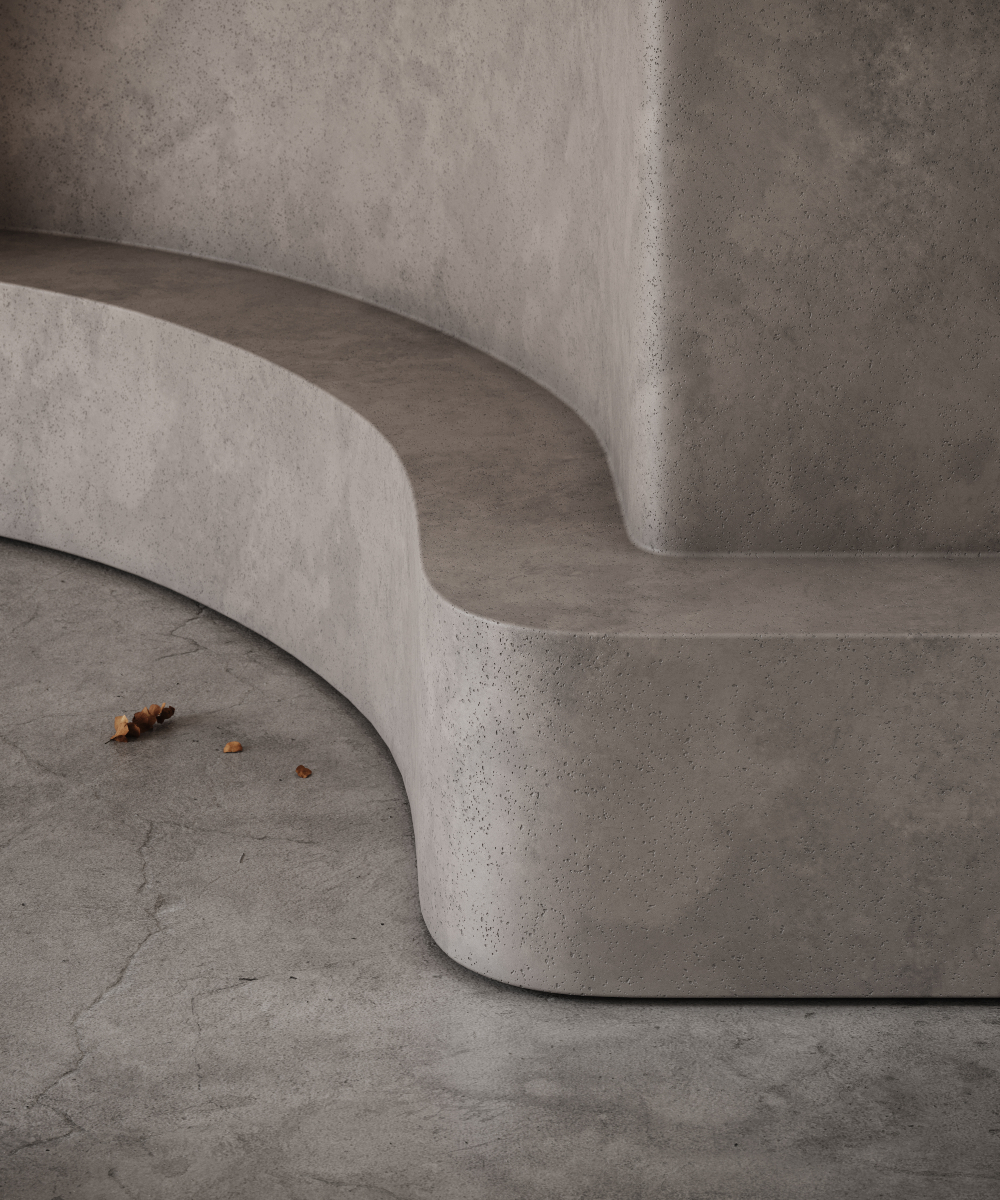
5. Angular Lines
Sharp, precise and undeniably contemporary – angular lines are for designers who aren’t afraid to make a statement. These geometric elements bring structure and sophistication to any space.
What they deliver:
- Clean, modern aesthetic.
- Strong visual impact.
- Clear definition and organisation.
- A sense of precision and intentionality.
Best used in:
- Contemporary furniture with sharp edges.
- Geometric light fixtures and art.
- Modern kitchen islands and cabinetry.
- Architectural details like exposed beams.
6. Broken Lines
Broken or interrupted lines add texture, interest and a bit of artistic flair to your designs. They’re perfect when you want to break up monotony or add visual complexity.
Their magic:
- Create visual texture and depth.
- Add artistic interest without overwhelming.
- Break up large expanses of smooth surfaces.
- Introduce pattern and rhythm.
Great for:
- Textured wall treatments.
- Patterned fabrics and wallpapers.
- Decorative screens and room dividers.
- Mixed-material furniture pieces.
Bringing It All Together: Line Balance
Here’s where the real design magic happens – combining different types of lines to create spaces that feel dynamic and harmonious. It’s like conducting an orchestra; every line type has its role to play.
Consider the following rules:
- Don’t go overboard with any single line type – variety creates interest.
- Consider your space’s natural architecture – work with what you’ve got.
- Think about function – how do people move through and use the space?
- Remember the emotional impact – what feeling are you trying to create?
Real-World Application
Let’s say you’re designing a modern living room. You might start with a horizontal emphasis through a low-profile modular sofa (hello, Domkapa!), add vertical interest with tall bookcases or floor-to-ceiling drapes, introduce curves through a round coffee table and organic-shaped accessories, and finish with some angular accents in your lighting and art.
The result? A space that feels balanced, interesting and thoughtfully composed – exactly what your clients (and your portfolio) deserve!
So, next time you’re stuck on a design challenge, step back and think about your lines. Are they working together or fighting each other? Are they supporting your design goals or working against them? Sometimes the solution is as simple as adding a curved element to soften all those sharp angles or introducing some vertical drama to a too-horizontal space.
Remember, great design isn’t about following rules – it’s about understanding the tools at your disposal and using them intentionally. Lines are one of your most powerful tools, so use them wisely, use them boldly and watch your spaces come alive.
Ready to see lines in action? Check out Domkapa’s latest collection – our masterful use of clean horizontals, soft curves and strategic verticals shows exactly how thoughtful line work can elevate furniture from functional to phenomenal!
We are working every day to bring you the most stylish ideas to fulfil your inspiration and to create the best interior design projects, so feel free to follow our Instagram Page and subscribe to our newsletter.

